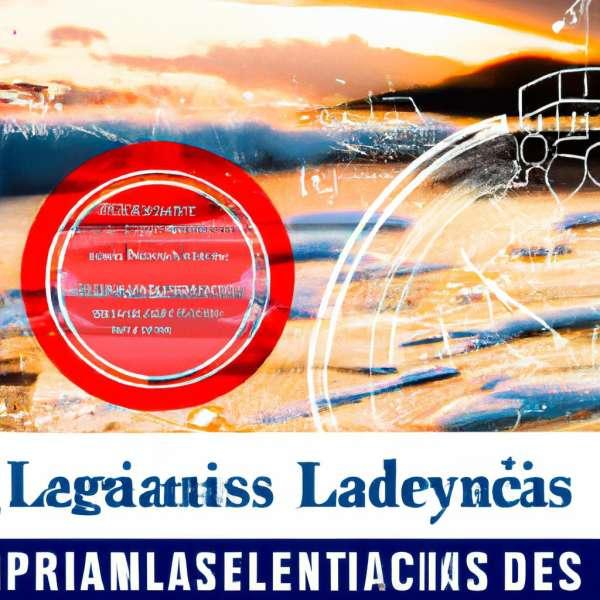Understanding Premises Liability Claims: Navigating the Landscape of Responsibility
Imagine stepping into a seemingly ordinary storefront, only to find yourself slipping on an unseen patch of water, or walking through a picturesque park and tripping over a concealed root. Such accidents can turn a routine outing into a painful ordeal, raising questions about accountability and safety. Enter the complex realm of premises liability claims—a legal doctrine designed to hold property owners responsible for injuries that occur on their premises due to hazardous conditions. In this article, we will unravel the intricacies of premises liability, exploring the obligations of property owners, the rights of injured individuals, and the legal avenues available for seeking compensation. By demystifying this critical aspect of personal injury law, we aim to equip readers with a clearer understanding of how these claims work and the factors that influence their outcomes. Join us as we delve into the nuances of this often-overlooked area of law, shedding light on the intersection of safety, responsibility, and justice.
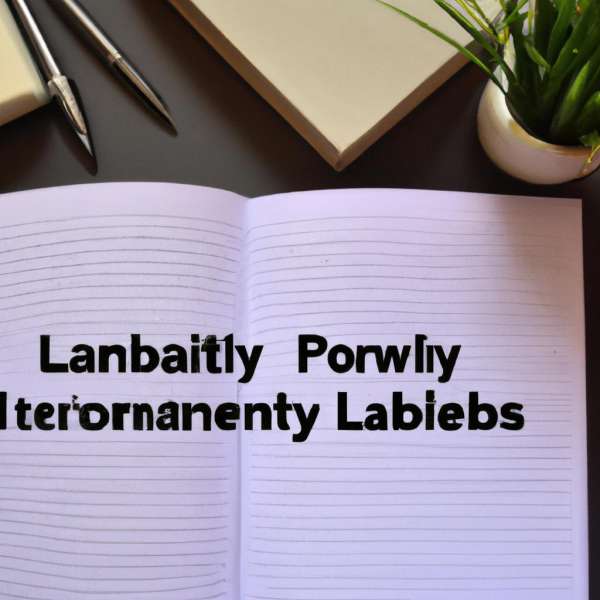
Exploring the Fundamentals of Premises Liability Law
Premises liability law is rooted in the fundamental principle that property owners have a duty to ensure their premises are safe for visitors. This legal doctrine mandates that property owners take reasonable steps to prevent harm, which varies based on the status of the individual entering the property. Understanding these distinctions is essential for recognizing the depth of responsibility that surrounds premises liability.
Key classifications that influence a property owner’s liability include:
- Invitees: Individuals who enter a property for business purposes. Owners owe the highest duty of care, ensuring safety and maintenance.
- Licensees: Guests who evaluate the property for non-business reasons. While owners must address known hazards, they are not liable for unknown dangers.
- Trespassers: Individuals who enter without permission. The duty is minimal, primarily to avoid willful harm.
To illustrate the nuances of these categories, the following table summarizes a property owner’s obligations:
| Status | Owner’s Duty | Example |
|---|---|---|
| Invitee | Maintain a safe environment | Customer in a retail store |
| Licensee | Warn of known dangers | Friend visiting for a party |
| Trespasser | Avoid intentional harm | Person entering property without permission |
Understanding premises liability requires a careful examination of both the actions of the property owner and the behavior of the visitor. It’s important to analyze the circumstances surrounding an incident, as various factors—such as maintenance records, signage, and past occurrences—can significantly impact the outcome of a claim. Thus, clarity in the relationship between the two parties plays a vital role in any legal discourse on this topic.
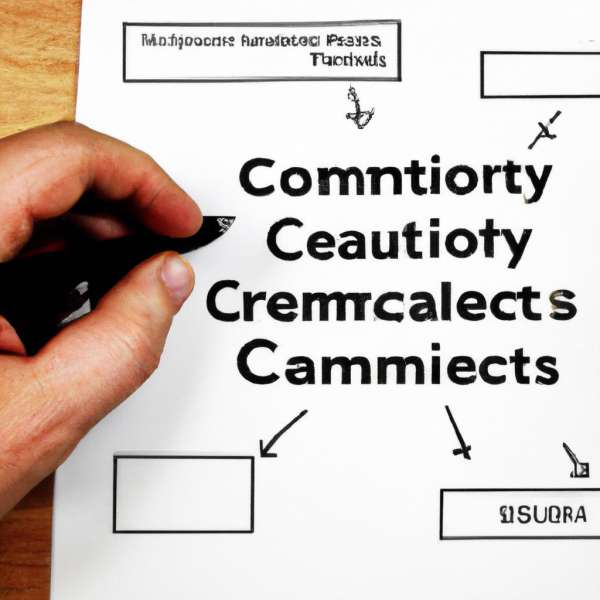
Identifying Common Grounds for Liability Claims
Premises liability claims often arise from various situations where an individual’s safety is compromised while on another person’s property. To successfully establish a premises liability claim, several common grounds must be analyzed. Recognizing these common scenarios can help both property owners and victims understand their rights and responsibilities.
- Slip and Falls: One of the most frequent premises liability claims involves slip and fall incidents due to wet floors, uneven surfaces, or debris.
- Inadequate Maintenance: Failing to properly maintain the property, including fixing broken steps or addressing overgrown foliage, can lead to liability.
- Negligent Security: Property owners may be held liable if insufficient security measures lead to crimes such as theft or assault on their premises.
- Unsafe Conditions: Factors like poor lighting, lack of signage, and dangerous structures can also create liability if they pose risks to visitors.
To demonstrate liability in these instances, it is essential to prove that the property owner was aware of the hazardous condition or should have been aware through reasonable care. In some cases, comparative negligence may apply, where the injured party might share some responsibility for the incident. By assessing factors such as:
| Factor | Description |
|---|---|
| Knowledge of Hazard | Whether the property owner knew about the dangerous condition. |
| Reasonable Response | If the owner took appropriate steps to remedy the issue. |
| Severity of Injury | Assessment of the injuries sustained by the victim. |
| Witness Statements | Testimonies from witnesses can support liability claims. |
Understanding these aspects is vital for anyone navigating the complexities of premises liability claims, ensuring informed decisions are made during the legal process.
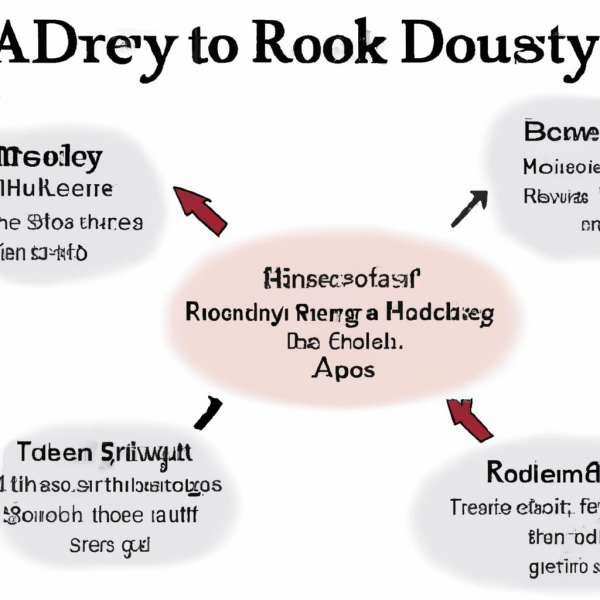
Steps to Take After an Injury: Your Roadmap to Recovery
Experiencing an injury in a premises liability incident can leave you feeling overwhelmed, but following a structured approach can ease the path to recovery. First and foremost, ensure your immediate safety by seeking medical attention. This not only prioritizes your health, but also establishes a critical link between the incident and your injuries for any future claims. Chat with a healthcare professional, even if your injuries seem minor, as some conditions may not manifest symptoms right away.
Gathering evidence is another crucial step in this process. Start by documenting details related to the accident. Take photographs of the incident scene, noting any hazardous conditions that contributed to your injury. Record statements from witnesses and keep a detailed account of your medical treatments and expenses. This compilation will serve as the backbone of your premises liability claim.
It’s beneficial to consult with a legal professional who specializes in personal injury cases. They can help you navigate the intricacies of premises liability law and advise you on the viability of your claim. Having legal guidance can significantly improve your chances of receiving the compensation you deserve for medical bills, lost wages, and potential pain and suffering.
Lastly, be patient and give yourself the time needed to heal both physically and emotionally. Recovery can be a marathon, not a sprint, and focusing on gradual progress—be it through rehabilitation or emotional support—will help you reclaim your well-being and move forward.
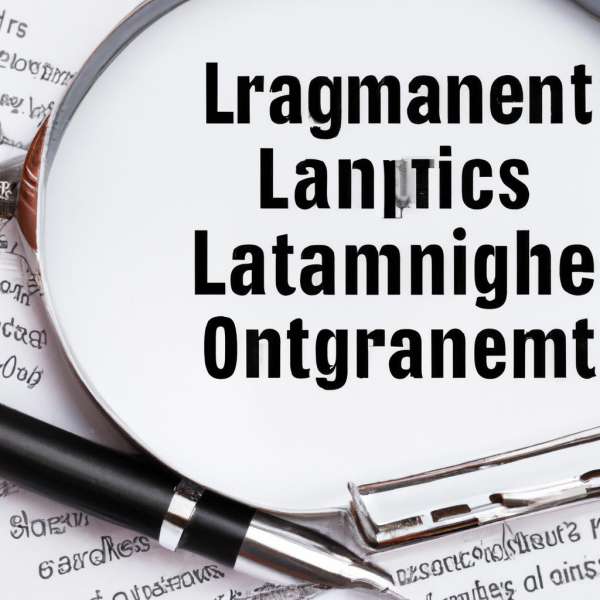
Navigating the Legal Landscape: Tips for Effective Claims Management
Understanding the intricacies of premises liability claims is essential for any effective claims management strategy. When dealing with accidents that occur on someone else’s property, a few key elements need to be thoroughly assessed to facilitate a smooth claims process. **Property owners have a legal duty to ensure their premises are safe** for visitors, which means they must identify and address hazards promptly. For claimants, tracking the circumstances that led to the accident is critical, as it forms the backbone of any potential legal argument.
Consider these vital factors when evaluating a premises liability claim:
- Duty of Care: Assess if the property owner had a responsibility to maintain the safety of their premises.
- Negligence: Determine if there was a failure to act, which directly contributed to the injury.
- Causation: Identify the link between the property owner’s negligence and the injury suffered.
- Extent of Injury: Document all details regarding the injury, including witnesses, medical records, and any treatment provided.
To enhance clarity and focus when managing claims, the following table categorizes common premises liability scenarios and their potential implications:
| Scenario | Potential Liability |
|---|---|
| Slip and Fall | Negligent maintenance (wet floors, uneven surfaces) |
| Inadequate Security | Assaults due to lack of safety measures (e.g., lighting, cameras) |
| Animal Attacks | Owner’s responsibility to control pets (especially known aggressive breeds) |
| Hazardous Conditions | Failure to warn visitors about dangerous areas (e.g., construction sites) |
When navigating the labyrinth of premises liability claims, keeping meticulous records and understanding the legal framework can prove invaluable. Property owners can protect their interests through comprehensive insurance policies and proactive safety measures. For claimants, informed communication and diligent documentation can lead to a successful resolution of claims, creating a more equitable approach to accountability in the complex realm of premises liability.
In Conclusion
navigating the complexities of premises liability claims requires not only a clear understanding of the legal landscape but also a keen awareness of how negligence can impact the lives of individuals. As we’ve explored, these claims are rooted in the responsibility that property owners have towards their guests, and the implications of failing to uphold that duty can be significant. Whether you find yourself on the side of the claimant or the defendant, comprehending the nuances of such claims is crucial. By assessing the circumstances surrounding each incident and recognizing the role of evidence, you can better prepare yourself for the process ahead. Remember, knowledge is your best ally in ensuring justice is served, and understanding the principles of premises liability is the first step toward protection and accountability.

